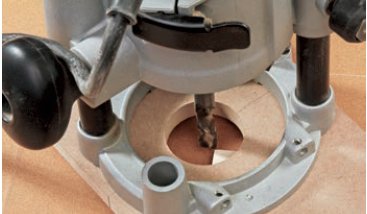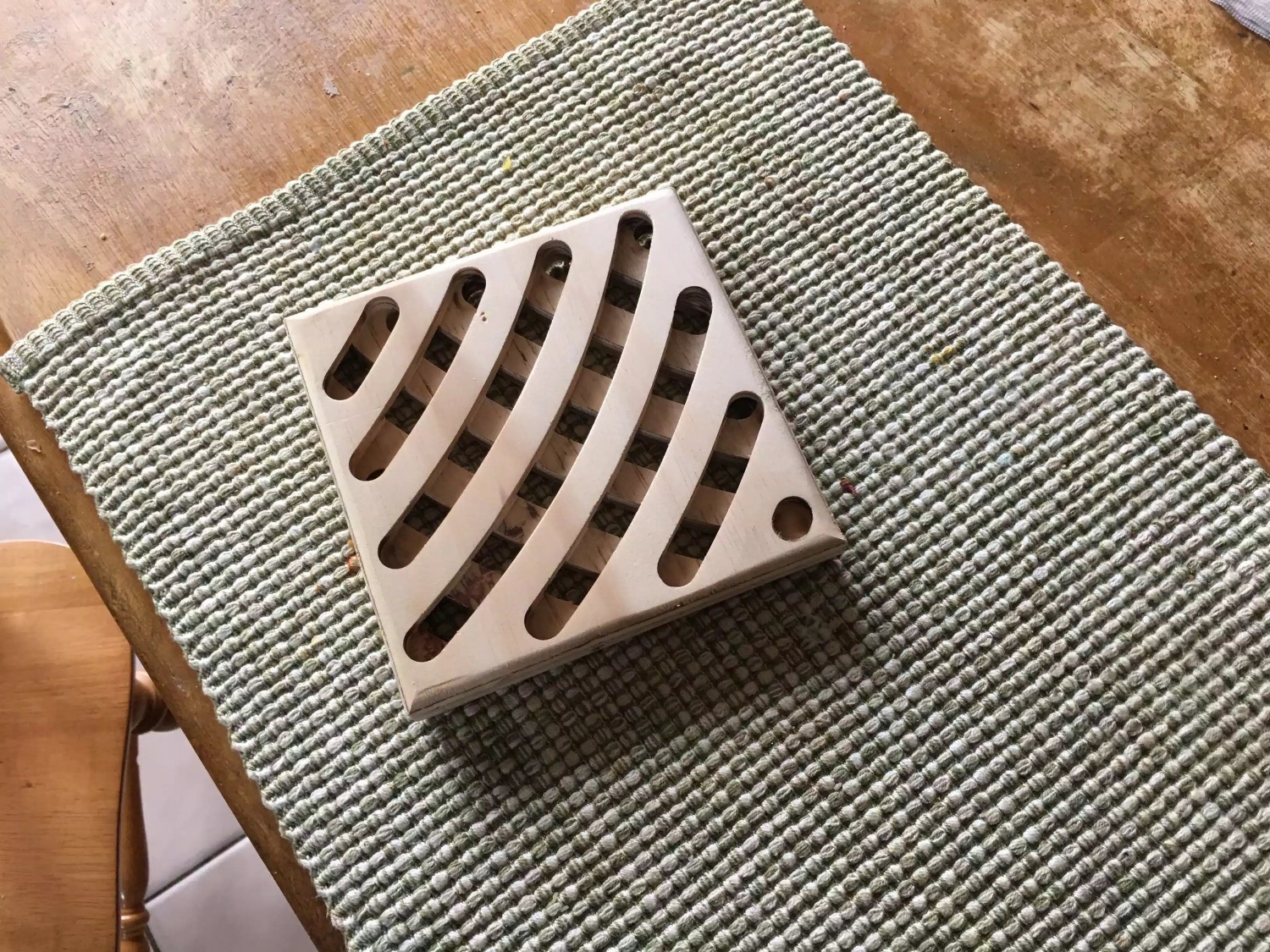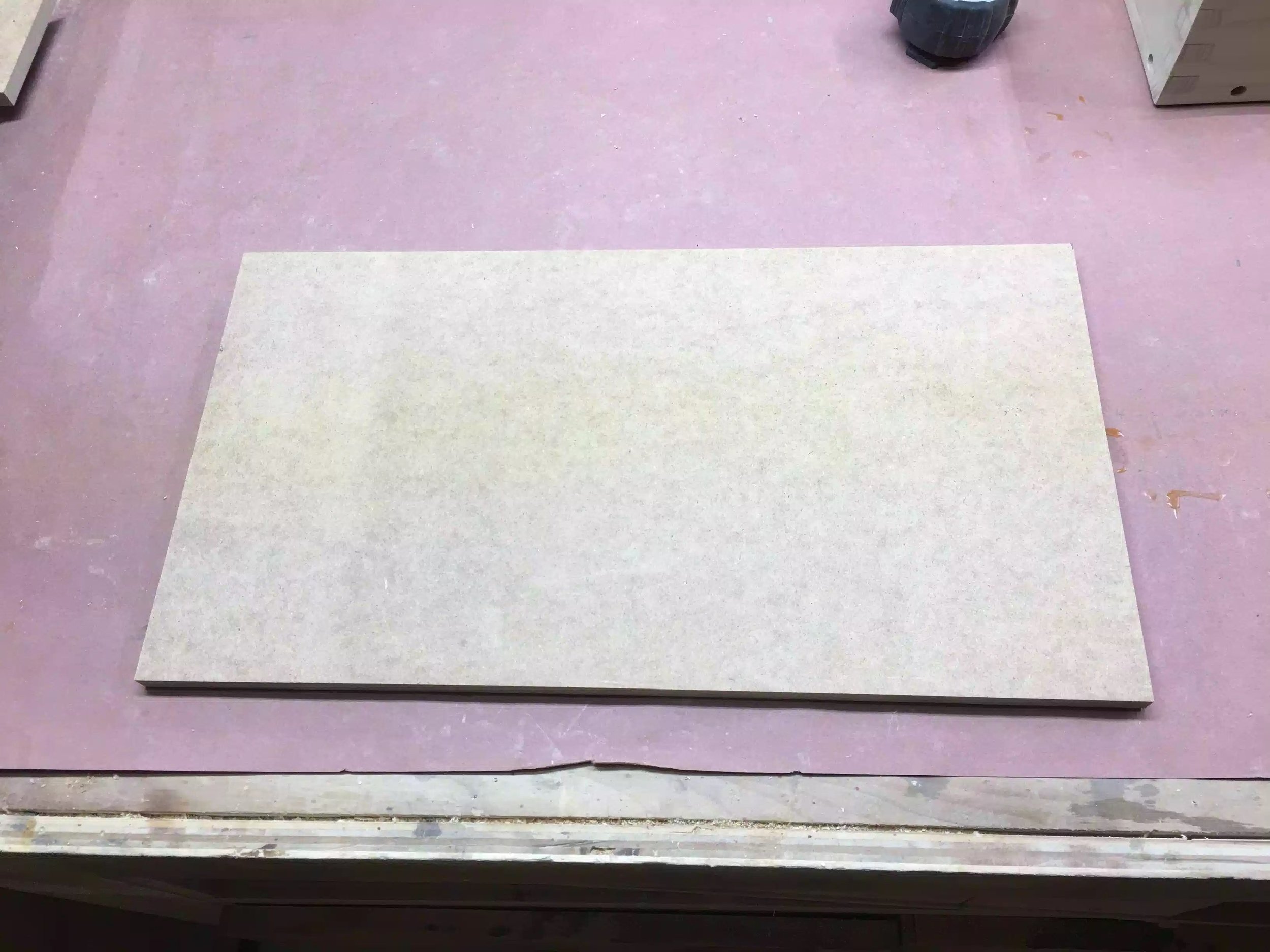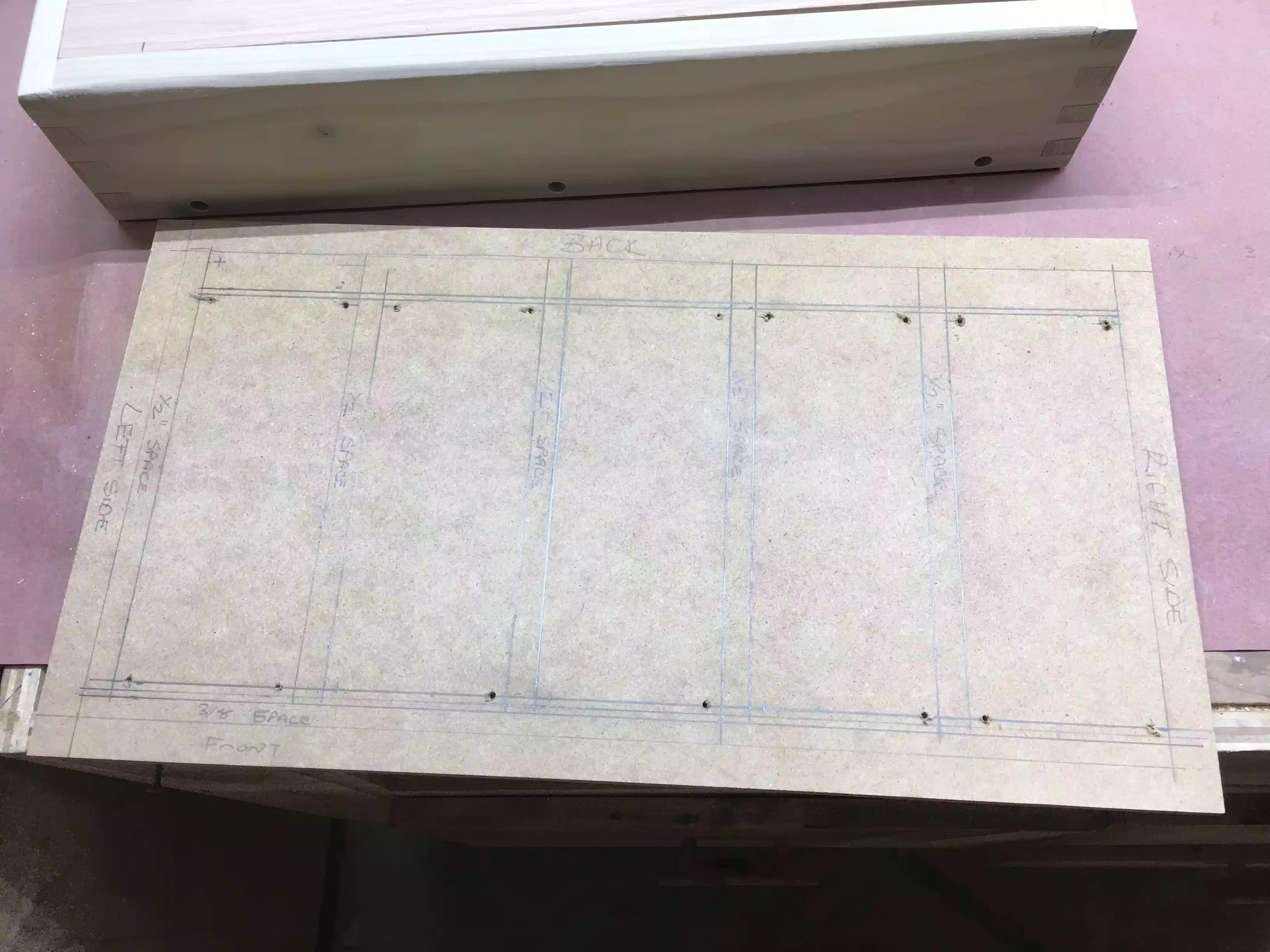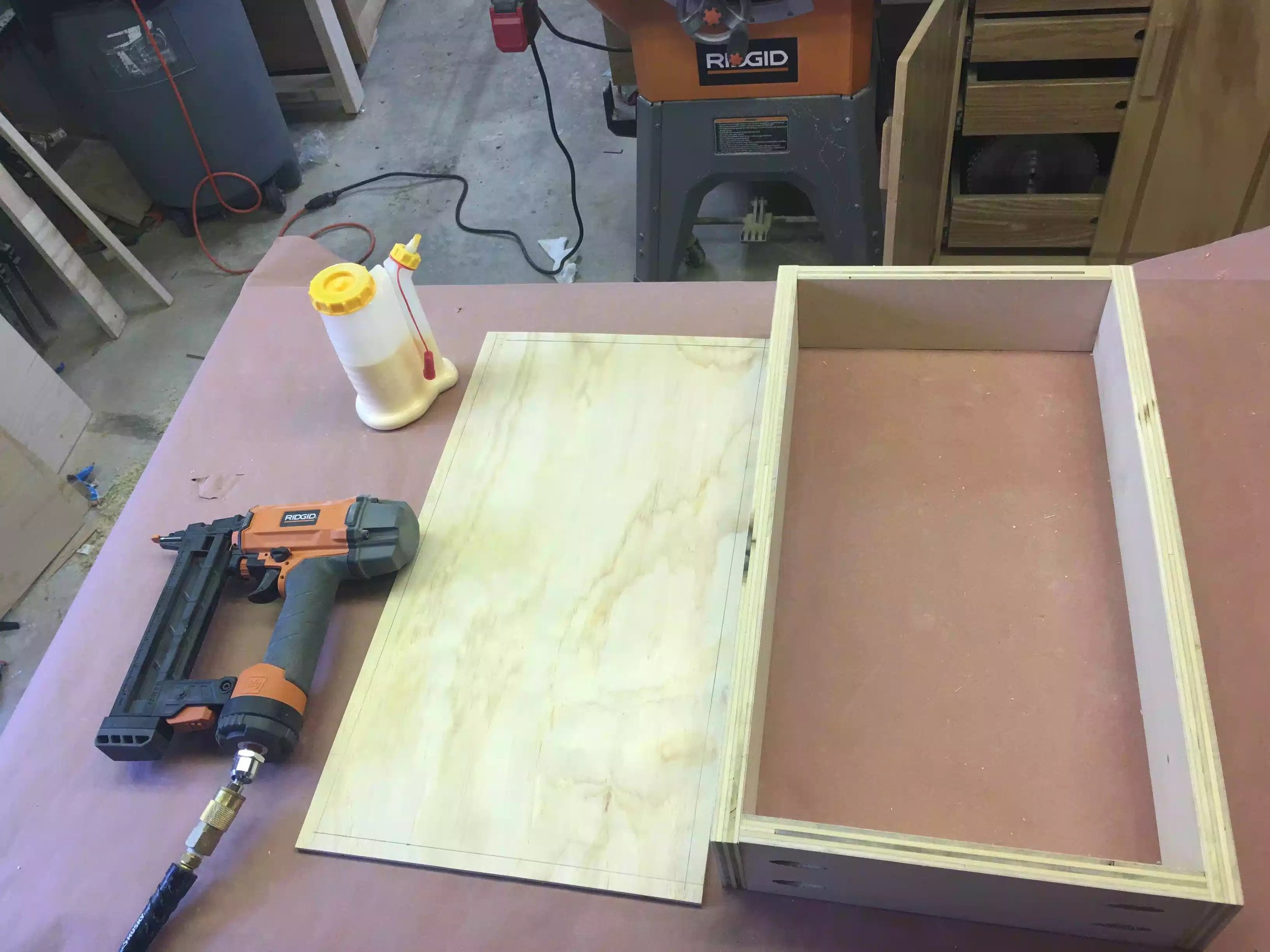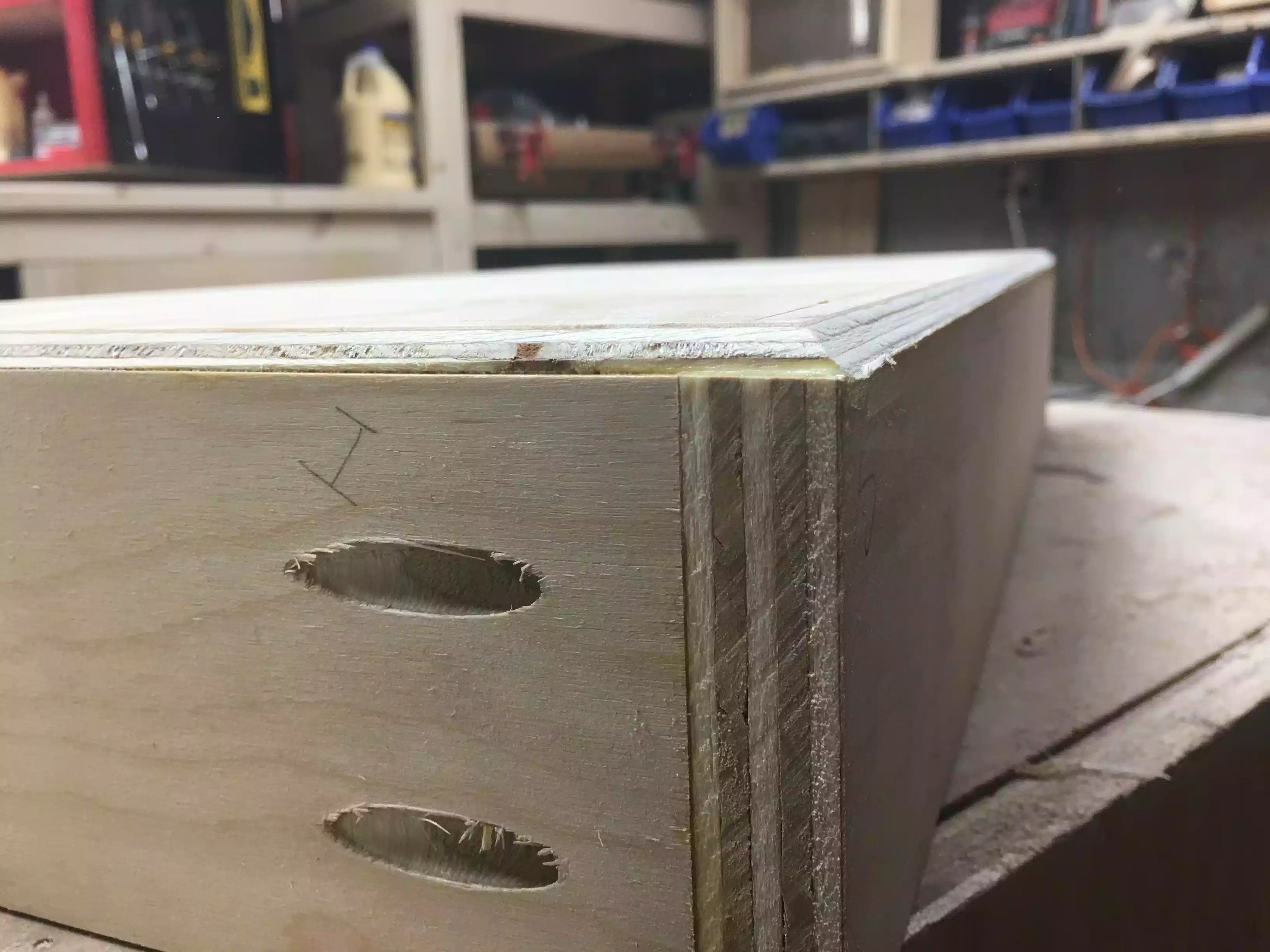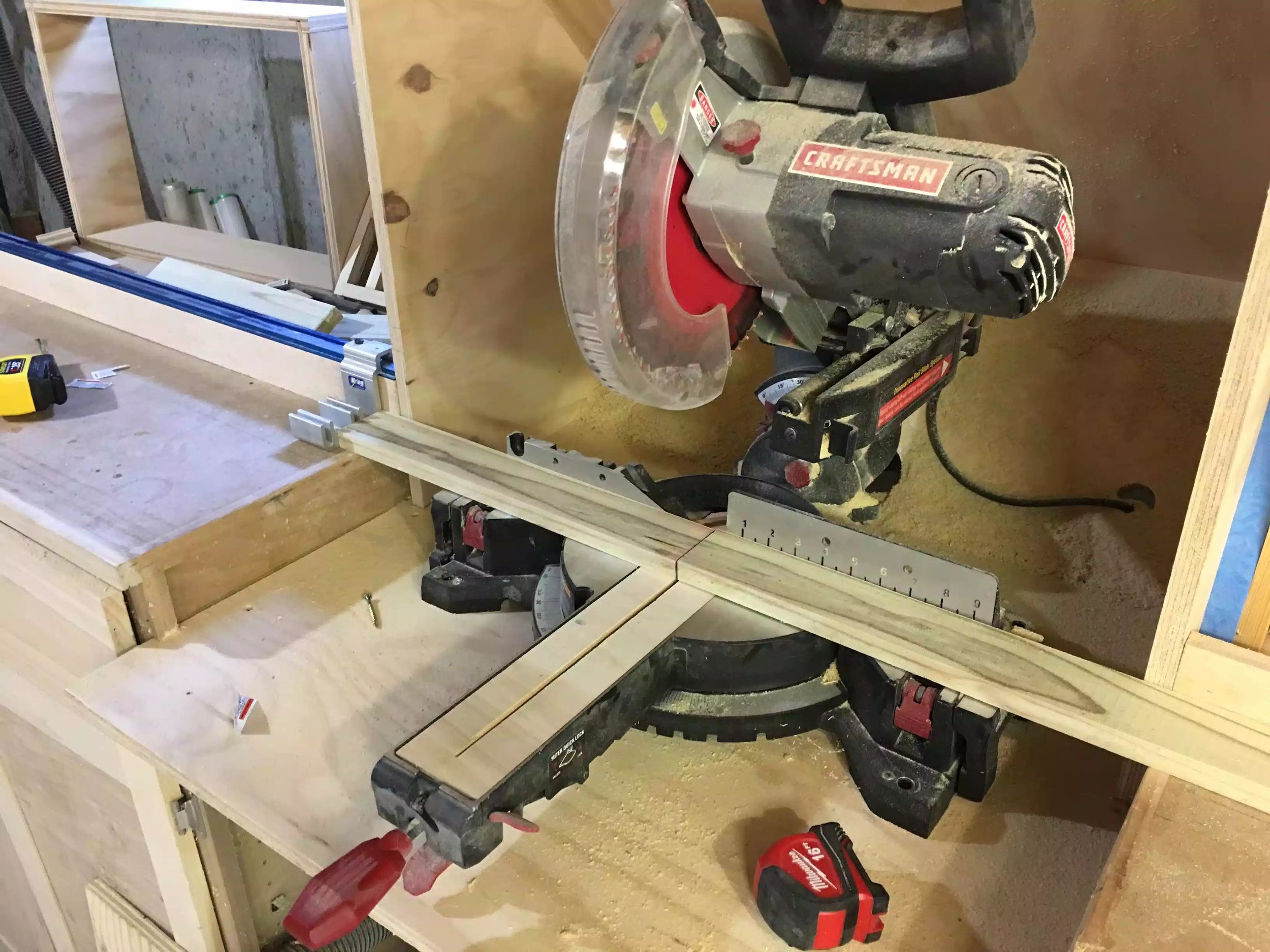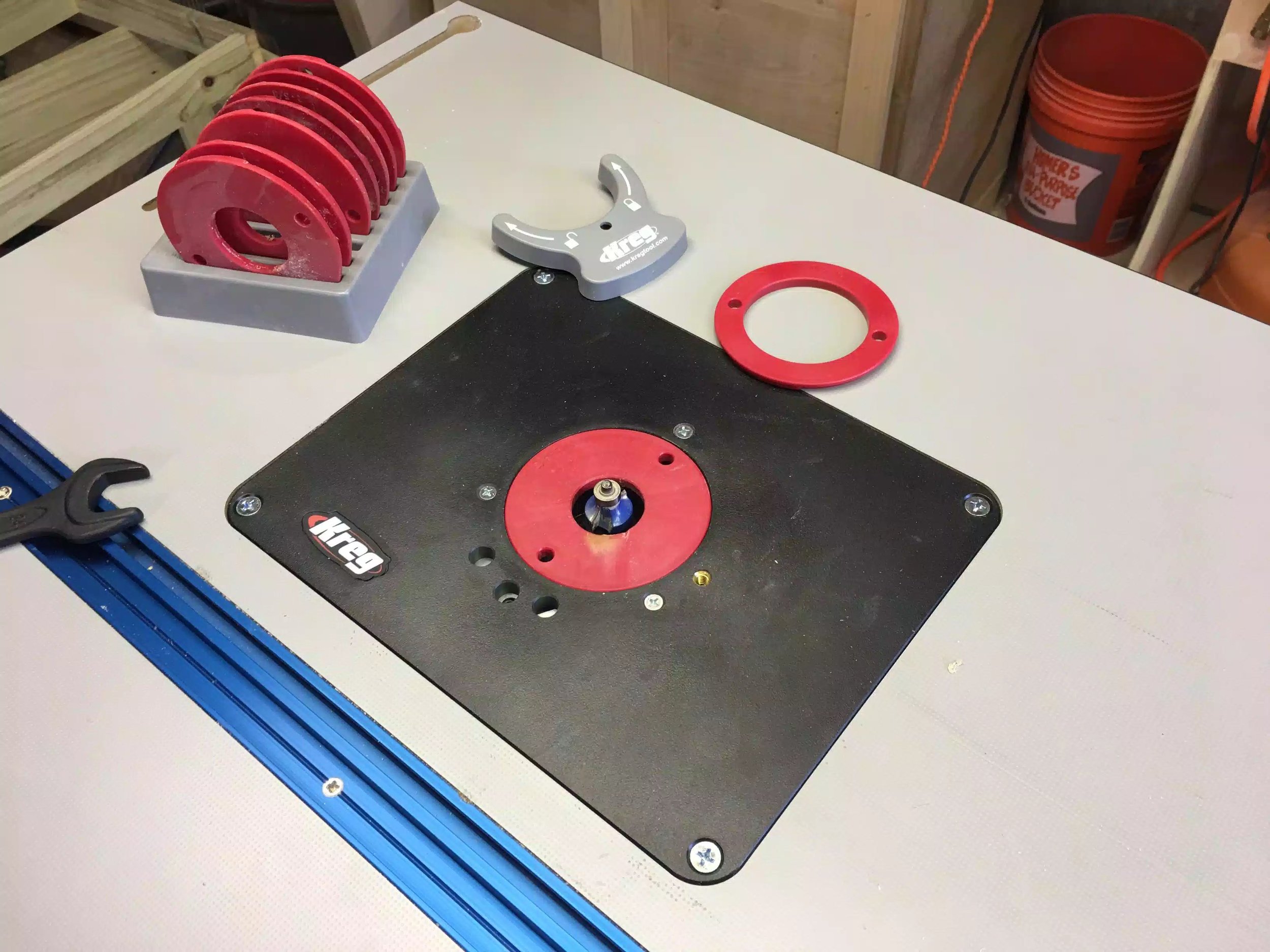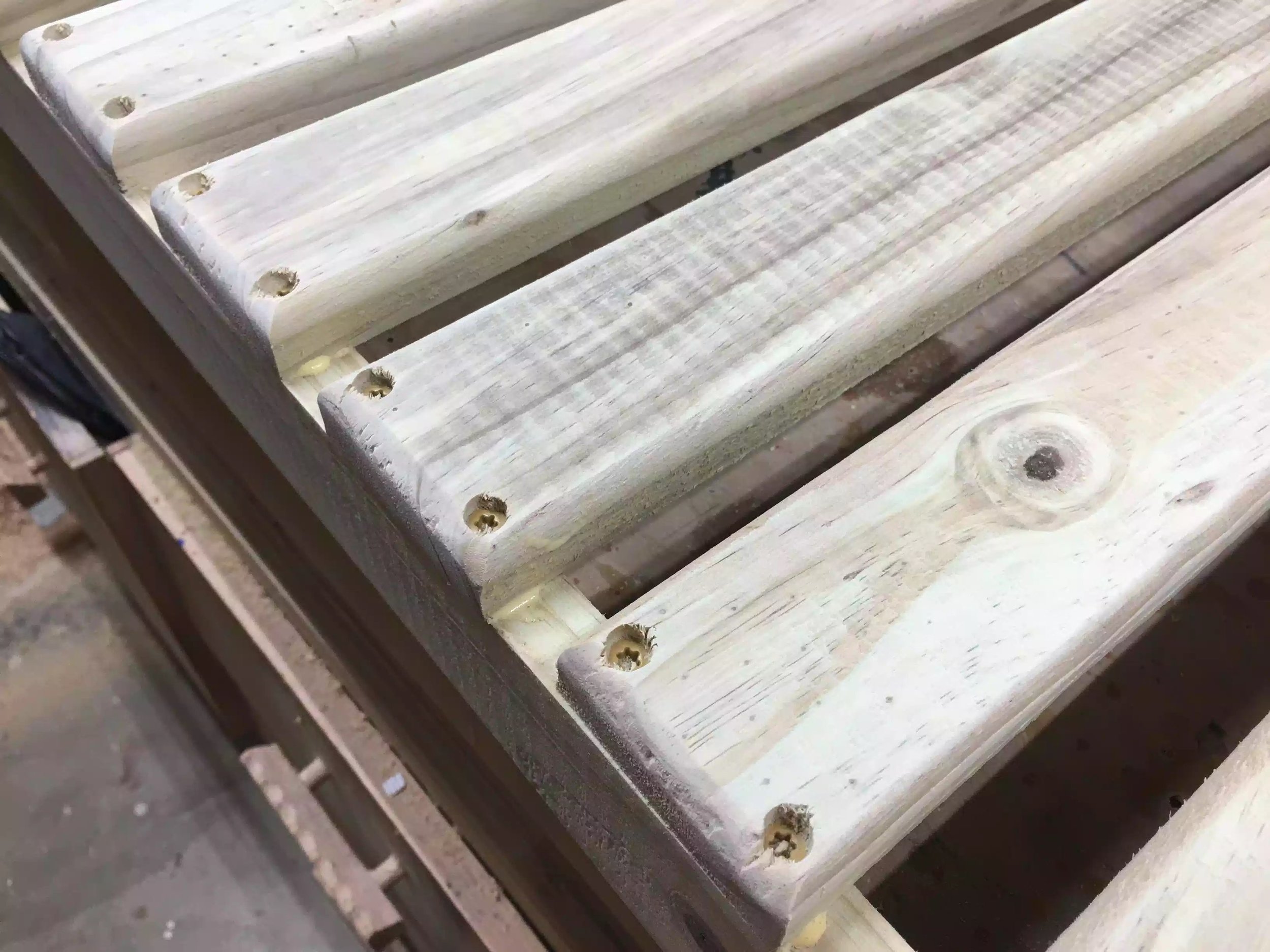WHY BUILD A TRIVET JIG??
So as of late I have been playing around with the idea of selling and shipping products on my site, but in the past I was really hesitant because of the costs associated with shipping and trying to determine how much to charge for said projects.
That was until I came across a show on YouTube about making and batching out certain projects for sale with minimal cost and time constraints. So that is how I came up with making Trivets because of a couple of reasons.
Small (Low shipping weight)
Can be made with a variety of woods
Can batch 10 or so in a day (without applying finish)
I already had an Etsy shop to sell from
Trivet Jig Design
I would love to take credit for this jig but unfortunately it wasn’t me, I came across this jig online at www.rocker.com , the jig’s concept is really easy to comprehend. It’s basically a trammel on a base, the base has 2 fences that hold the trivet blank and you adjust where the slots are cut with spacer blocks. Ill explain in more detail in a later part in this blog.
Here is the completed jig, its basically a base that has 2 fences that form a 90° corner where the trivet gets positioned, and held in place with the fences.
Here is a picture of the jig with the trivet blank positioned between the fences, I also used self adhesive sand paper to help keep the blank positioned while using the router.
Here is the jig in use, you can see the router attached to the pivoting arm which is how I achieve the curved grooves in the trivet.
Although this is a plywood prototype of one of the designs I will be using, I am very happy with this design.
STEP BY STEP BUILD
Source Rockler.com
The trammel jig is fairly easy to assemble and, while it doesn't alter router's cutting radius, it allows you to make repetitive cutting patterns very simply. The jig is really simple to build. Start with a 22"-square scrap of 3/4" plywood or MDF, and draw a diagonal line connecting two corners. Cut a 6"-square trammel support from 1/2" scrap and bisect it with a pencil line. Fasten it to the base with glue and brads so the outermost corners of the support align with the edges of the base and the pencil marks of the two jig parts line up. Now rip a pair of 1/2" by 2" fences, cut them to an overall length of 15-5⁄8" and miter-cut one end of each to 45°.
Completed trammel jig (stock photo)
JIG BUILD
Once you've put the mitered ends of the jig fence together against the support block, nail them down to secure them to the base. Butt the fences against the support piece so the tips of the miters touch. Make sure they form a square “pocket” for the trivet blanks to register against before nailing the fences to the jig base. Line the “field” area inside the fences with sandpaper attached with spray adhesive. Later, this will hold the trivets stationary as you rout them. I left the base’s outer corner bare where the trivets and spacers don’t reach it.
After mitering the corners of the fences to 45°, pin them in position and making sure everything lines up using a square. (stock photo)
ADDING THE TRAMMEL
Draw a layout line 12" from the center-line of your bit to establish the pivot point of the trammel. The trammel is a scrap of 1/2" material cut 6" wide and 20" long; this width fit my router base nicely. If your router has a wider base, change the trammel width to suit it. Set the router near the trammel’s end to mark mounting holes for screws, as well as to establish where to bore a clearance hole for the router bit. Mark the trammel carefully with two layout lines: one identifying the center-point of the router bit and a second drawn 12" back from this line, before making the bit clearance hole and fastening the router to it.
Attaching the trammel to the router (stock photo)
NEXT
Slide the trammel along the support block until the router bit touches the outer corner of a trivet blank to set the position of the jig. You’ll need one of your 6"-square trivet blanks to mount the trammel properly on the jig. With the router bit installed, set the trivet blank in the corner formed by the fences and balance the trammel on it and the square support block. Slide the trammel along the support until the inside edge of the bit just kisses the outer corner of the trivet
Positioning the router in order to find the pivot point on the jig (stock photo)
ATTACHING THE PIVOT PIN
Use the dowel's pivot point line to find where you can bore a dowel hole to complete the trammel. Make sure it lines up evenly over the support before boring a 5/16" dowel hole through the trammel and support — right into the base. Center this hole on your 12" layout line drawn previously. Now insert a 2" length of 5/16" dowel to engage the trammel’s pivot action. You’re nearly ready to start routing trivets, but first, make up 14 spacer strips from 1/2" scrap. Mine were 3/4" x 14".
Drilling the location of the pivot pin (stock photo)
MAKE SOME TRIVETS
Making your first cuts on the trivet face using a pair of spacers along the jig fences and cutting a little deeper than halfway through the blank in the first slot. Start the router and make your first cut, milling to final depth in two passes. I used a 1/2” up-spiral router bit — but any sharp straight bit should do fine. Swing the router clockwise or counterclockwise — either works fine, but keep the trammel pressed down firmly against the trivet blank to prevent it from shifting.
Begin routing the design (stock photo)
Continue adding and subtracting spacers and feeding your router clockwise and counterclockwise to make further cuts, but keep the trivet stationary as you pivot the router. Once you complete the first cut, pull the trivet forward, insert another pair of spacers and repeat for the second, longer “swoop.” Continue adding spacer pairs between subsequent cuts until you reach the other corner of the blank. Now flip the blank over, give it a quarter turn to establish the “X” pattern and repeat the whole routing process. This time remove one pair of spacers after each pass.
Adding spacer strips to maintain equal gaps between the grooves. (stock photo)
FLIP THE TRIVET
Flip the trivet and give it a quarter turn to make an "X" cutting pattern on the second face, continuing to cut them in the reverse of how you made the first side. In minutes, you’ll have your first trivet knocked out and be on to the second. Sand away any bit burn marks or fuzz, and round over the edges
The waffle pattern is coming to life. (stock photo)
THE above step by step guide is taken from the Rockler.com article as well as all the pictures, but below is a trivet that I made and looks OK, it will look even better when I actually get to use some really nice wood and not the plywood prototype that I used below.
Not too big and not too small, this prototype will look great in oak or ash.
Adding a round-over to both sides of the trivet really feel great to the touch and doesnt look too bad either.
Love the dimensional aspects of this little project.
I still need to do some research on making these and eventually with a bit of luck will be able to sell them in my Etsy store… I will also be making FREE PLANS for the jig once its completed I will posit it in my shop, don’t worry I will post when their available.
Thanks for reading, and I will catch you all again soon.













